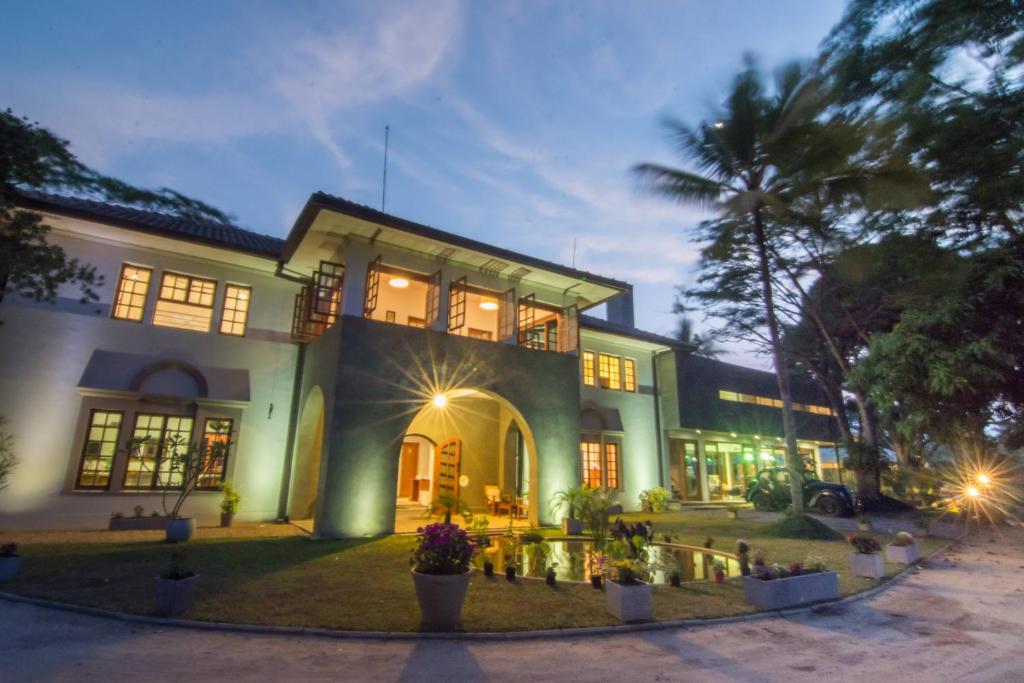Understanding Bifold Door Gaps
Bifold doors are designed to fold in on themselves when opened, which makes them an excellent choice for spaces where swinging doors might be impractical. These doors consist of multiple panels connected by hinges, and they slide along a top or bottom track. To function correctly, bifold doors need specific gaps around them.- Top and Bottom Gap: The gap at the top and bottom of bifold doors is essential to ensure that the doors slide smoothly and do not drag or bind. Typically, the gap at the bottom should be around 1/2 inch to 1 inch. This allows for adequate clearance over flooring materials, such as carpets or rugs, which may cause friction if the gap is too narrow. For the top gap, a similar clearance of about 1/4 inch to 1/2 inch is usually sufficient. This space prevents the doors from hitting the frame or ceiling when they are opened or closed.
- Side Gap: The side gap is also critical for the proper operation of bifold doors. Generally, a gap of 1/8 inch to 1/4 inch on each side is recommended. This space ensures that the door panels do not rub against the surrounding wall or frame, which can lead to wear and tear or affect the door’s alignment. Adequate side gaps are also important for accommodating any slight shifts in the door frame or wall over time.
- Adjustment Considerations: Bifold doors often come with adjustable hinges and tracks, which allow for fine-tuning the gap measurements. During installation, it is important to check and adjust these components to achieve the ideal gap. If the gaps are too small, the doors may be difficult to open or close and can cause damage to the door panels or tracks. Conversely, gaps that are too large can lead to draftiness, reduced privacy, and an unappealing appearance.
Factors Affecting Gap Requirements
Several factors can influence the ideal gap measurements for bifold doors:- Flooring Type: The type of flooring can affect the bottom gap requirement. For instance, if you are installing bifold doors over a thick carpet, you may need a larger bottom gap compared to a hard surface like tile or hardwood.
- Door Material: Different materials can expand or contract with changes in temperature and humidity. Wood doors, for example, might require slightly different gap measurements compared to metal or composite doors.
- Installation Quality: Proper installation is crucial for maintaining the correct gaps. Ensure that the door frame is square and level before installing the bifold doors. Poor installation can result in uneven gaps and affect the door’s performance.
Benefits of Proper Gap Management
Maintaining the correct gaps around bifold doors has several benefits:- Smooth Operation: Proper gaps ensure that the doors open and close smoothly without sticking or binding. This is particularly important in high-traffic areas where ease of use is a priority.
- Durability: Adequate gaps help prevent unnecessary wear and tear on the door panels and hardware. This can extend the lifespan of the doors and reduce the need for repairs or replacements.
- Aesthetic Appeal: Even gaps contribute to a polished and professional appearance. Uneven gaps can detract from the overall look of the door installation and affect the room’s visual harmony.
- Energy Efficiency: Properly gapped doors help to maintain better insulation, reducing drafts and improving energy efficiency in the home.
- Beyond the basic gap requirements, there are additional considerations that can affect the installation and performance of bifold doors:
- Environmental Factors
- Humidity and Temperature: Changes in humidity and temperature can impact the dimensions of bifold doors. Wood doors, in particular, are sensitive to these fluctuations and may expand or contract. It’s important to allow for some tolerance in the gap measurements to accommodate these changes. For example, during high humidity conditions, wood doors might swell, so providing a slightly larger gap can prevent binding.
- Seasonal Adjustments: Seasonal changes can also affect door gaps. In colder months, doors may contract slightly, whereas in warmer months, they might expand. Regularly checking and adjusting gaps as needed can help maintain smooth operation throughout the year.
- Safety Considerations
- Child and Pet Safety: If you have young children or pets, ensuring that the gaps are not too large is important to prevent accidents. Large gaps can pose a risk of fingers or paws getting caught. Conversely, gaps that are too narrow might cause the doors to stick or become difficult to operate, which could also be a safety hazard.
- Security: Proper gaps contribute to the security of your doors. Gaps that are too wide can provide an opportunity for drafts, and in some cases, could potentially be exploited for unauthorized access. Ensuring that gaps are within the recommended range helps maintain the door’s integrity and security.
- Professional Installation









